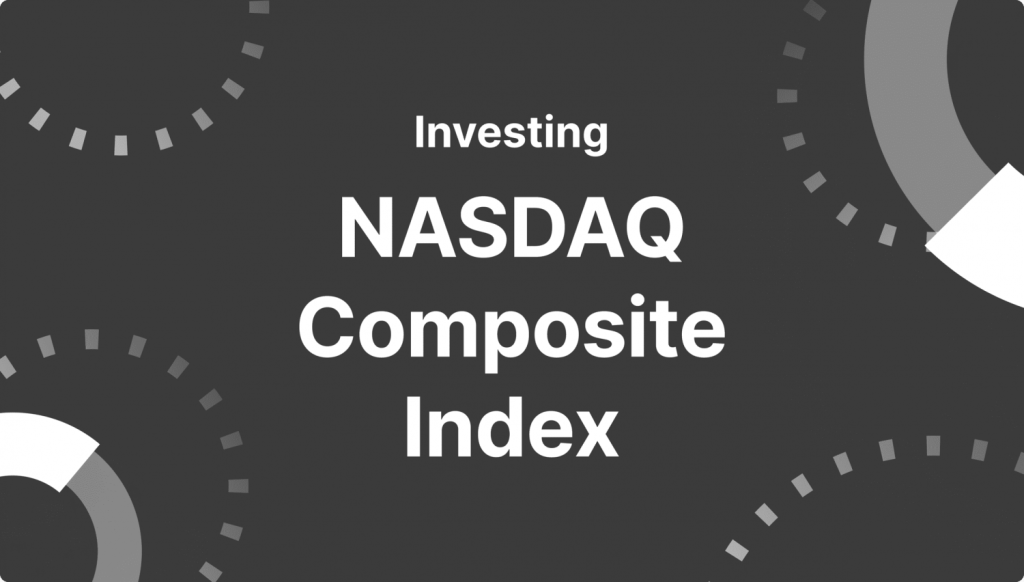Understanding the indexnasdaq ixic : A Comprehensive Guide to Its Trends and Impact on Investors

In the ever-evolving landscape of finance, understanding key market indicators is paramount for savvy investors. The NASDAQ Composite (IXIC) stands out as a vital barometer for gauging technological innovation and market sentiment. Comprising over 3,000 companies, this index is home to some of the world’s most influential tech giants, making it a critical focus for those looking to navigate market trends.
This comprehensive guide delves into the heart of the NASDAQ Composite, exploring its historical performance, the underlying factors influencing its fluctuations, and its broader impact on investment strategies. Whether you’re a seasoned trader or a curious newcomer to the stock market, grasping the intricacies of the IXIC will empower you to make informed investment decisions, harness opportunities, and mitigate risks.
History and Evolution of the indexnasdaq ixic
The NASDAQ Composite Index, launched in 1971, revolutionized stock trading as the world’s first electronic stock market. Initially comprising 133 companies, it aimed to democratize access to stock prices through digital transparency. Over time, NASDAQ became synonymous with innovation, attracting tech giants like Microsoft and Apple, which fueled its growth. By 2024, the index expanded to over 3,000 companies, reflecting shifts from hardware to software, biotechnology, and AI-driven industries. Its evolution mirrors the rise of the “new economy,” weathering events like the 2000 dot-com crash and emerging stronger each time.
Key Components of the indexnasdaq ixic
The NASDAQ Composite is a market-cap-weighted index covering all equities listed on the NASDAQ exchange, excluding derivatives like ETFs or closed-end funds. Technology dominates, accounting for ~50% of its weight, with giants like Apple (AAPL), Microsoft (MSFT), and NVIDIA (NVDA) leading. However, diversification exists: consumer services (e.g., Amazon, Tesla), healthcare (e.g., Gilead), and industrials collectively make up ~30%. Unlike the NASDAQ-100, which excludes financial firms, the Composite includes banks and insurers through sub-indices like the NASDAQ Financial 100.
How the indexnasdaq ixic is Calculated
The index uses a market-value-weighted methodology, where each company’s influence depends on its market capitalization. The formula is:
Index Value = (Total Market Value of All Stocks) / Index Divisor
The divisor adjusts for corporate actions (e.g., stock splits, new listings) to maintain continuity. Prices update every minute, with final values reported at 4:16 PM ET. This real-time calculation ensures the index reflects immediate market shifts, making it highly responsive to tech-sector volatility.
Trends in the indexnasdaq ixic: Analyzing Historical Data
Since 1985, the NASDAQ Composite delivered a 14.25% annualized return, outpacing the S&P 500’s 11.57%. Key trends include:
Dot-com boom (1995–2000): A 400% surge, followed by an 83% crash.
Post-2008 recovery: Driven by cloud computing and smartphones, the index rose 10x by 2024.
AI era (2023–present): NVIDIA and semiconductor stocks propelled gains, though 2025 saw volatility due to tariff concerns and slowing GDP growth.
Notably, the index’s 2025 drawdown of ~14% from its 20,204 peak highlights its sensitivity to macroeconomic shifts.
The Impact of Major Events on the NASDAQ Composite
1. Tech bubbles: The 2000 crash erased $5 trillion in market value but paved the way for resilient tech ecosystems.
2. Global crises: During the 2008 financial crisis, the index dropped 54%, yet rebounded on stimulus and innovation.
3. Trade wars: Trump’s 2025 auto tariffs triggered a 9% GDP contraction and a 2.7% single-day NASDAQ plunge.
4. AI breakthroughs: Companies like DeepSeek sparked rallies, with the MSCI China Index surging 21% in early 2025.
Comparing the NASDAQ Composite to Other Major Indices
S&P 500: Broader representation (500 firms) but slower growth (9.21% 2025 decline vs. NASDAQ’s 14.26%)。
Dow Jones: Price-weighted, industry-focused, and less tech-heavy (Microsoft and Apple comprise ~25% of NASDAQ)。
Global indices: The NASDAQ’s 50% foreign revenue exposure contrasts with the Nikkei 225’s domestic focus.
Investment Strategies Involving the NASDAQ Composite
1. ETFs: The Fidelity NASDAQ Composite ETF (ONEQ) offers low-cost exposure (0.21% fee)。
2. Sector rotation: add artificial intelligence and cloud computing stocks during innovation cycles; shift to healthcare during downturns.
3. Hedging: Use VIX call options or gold ETFs to offset volatility.
4. DCA (Dollar-cost averaging): Mitigate timing risks given the index’s historical 14% annual growth.
Future Outlook for the NASDAQ Composite
The index faces dual tailwinds and risks:
Opportunities: AI, quantum computing, and renewable energy could drive the next growth phase.
Challenges: High valuations (PE 36.16 in 2025), Fed rate hikes, and geopolitical tensions may trigger corrections. Analysts project a 25,000–30,000 range by 2030, assuming 10–12% annual earnings growth.
Conclusion: Understanding Your Investment in the NASDAQ Composite
The NASDAQ Composite remains a barometer of global innovation, offering exposure to transformative sectors. While its volatility demands caution, long-term investors benefit from compounding tech-driven growth. Diversify across indices, monitor macroeconomic signals (e.g., Fed policies, tariffs), and leverage ETFs for balanced exposure. As history shows, patience and strategic adjustments can turn NASDAQ’s turbulence into opportunity.